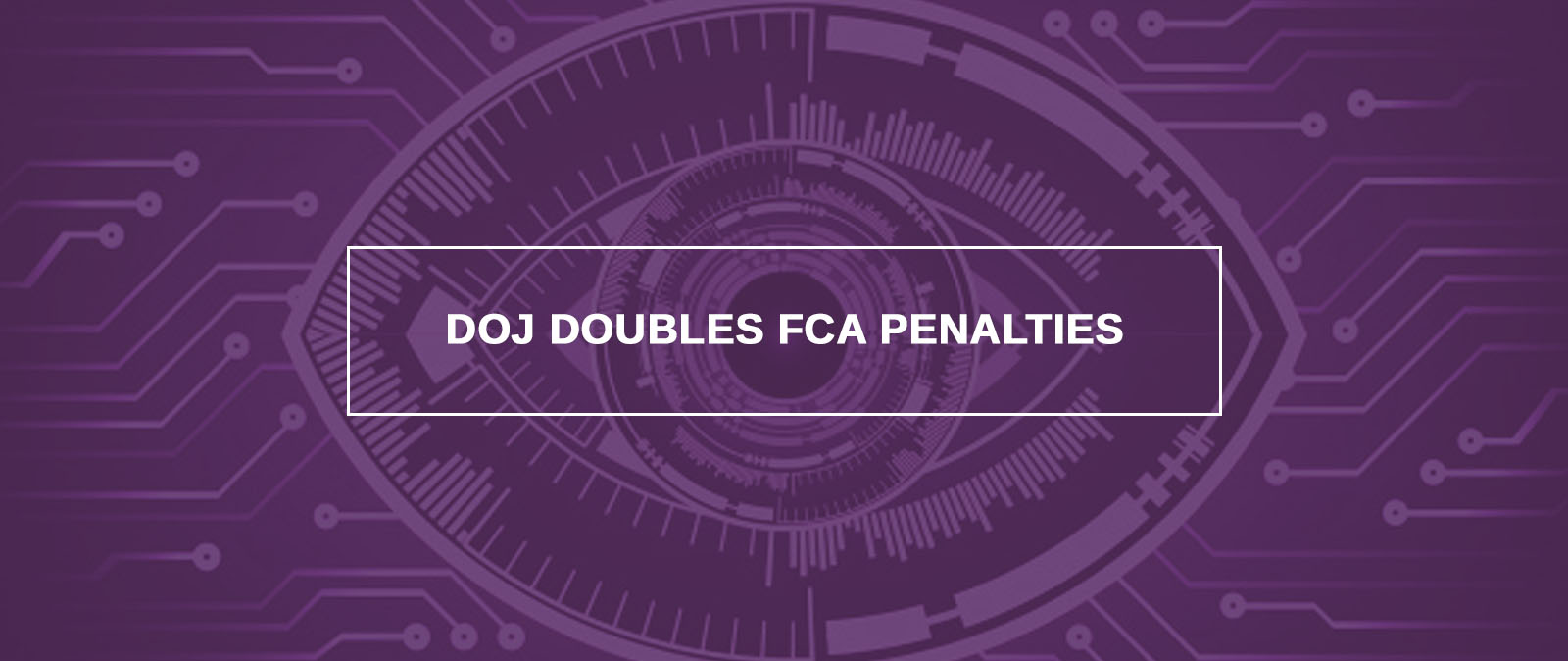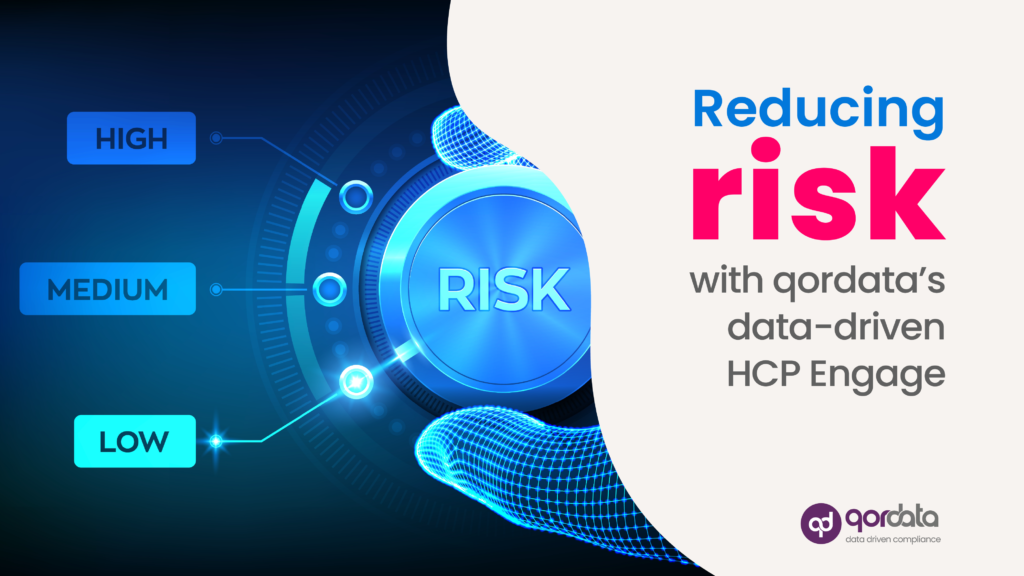As we step into 2025, life sciences companies continue to push the boundaries of breakthrough innovations that improve patient health, all while adhering to the rules and regulations enacted by regulatory authorities. Identifying and mitigating compliance risks remains at the forefront of this transformation, especially with the industry’s top priorities that continue to evolve the global life sciences industry.
While data-driven compliance platforms are enabling compliance professionals to ensure alignment with the ever-changing regulatory landscape, it’s equally important for compliance teams to stay attuned to emerging trends, key updates, and modifications. This vigilance helps companies stay relevant, reduce risks, and build resilience to make a positive impact.
Let’s explore the key topics shaping the life sciences outlook and how companies can leverage technology to stay ahead in 2025. Here are the topics that we will be exploring today:
- Digitalization of Compliance
- Compliance Monitoring Challenges
- Whistleblower Reporting Programs
- Collaborating for Internal Investigations
- Third-Party Risk Due Diligence
1. Digitalization of Compliance
As regulatory demands in the life sciences industry become more complex, compliance teams face increased pressure. Embracing AI implementation and technology as tools to enhance compliance efficiency is proving to be a game changer. These digital solutions empower organizations to make informed decisions while navigating the regulatory maze.
The life sciences future increasingly hinges on data analytics, allowing compliance professionals to gain deeper insights into potential risks and proactively address them. The application of artificial intelligence (AI) and automation is revolutionizing compliance monitoring, helping life sciences companies adapt to the dynamic regulatory environment.
AI-driven solutions enable compliance professionals to identify emerging risks, track compliance, and adjust strategies in real-time, ultimately ensuring a streamlined approach that aligns with the evolving life sciences technology trends.
2. Compliance Monitoring Challenges
With increased regulatory scrutiny over interactions between companies and healthcare professionals (HCPs), compliance monitoring continues to be a key focus in the life sciences industry.
To maintain compliance, organizations must account for recent regulatory shifts while tracking and managing risks associated with HCP engagement and speaker programs. As life sciences leaders focus on key priorities for 2025, here are some recommendations for mitigating risks:
- Use Monitoring Results to Generate Data-Driven Insights
Compliance leaders should establish a holistic data collection, analysis, and reporting process, to ensure that monitoring data can be used to derive analytical information to improve compliance program effectiveness and become more proactive with risk monitoring and management.
- Complying with PhRMA Code Requirements Related to Alcohol at Speaker Programs
The updated PhRMA Code states that life sciences companies should not pay for or provide alcohol in connection with speaker programs. It also clarifies that high-end restaurants and other such venues are not appropriate locations for speaker programs.
To comply with this voluntary code of ethics, comprehensive guidance and training should be provided to sales representatives, speakers, and other company personnel who are interacting with healthcare professionals to ensure compliance with the PhRMA Code.
- Tracking Attendance & Topics Covered at Speaker Programs
The OIG’s Special Fraud Alert raises a red flag about individuals attending speaker programs too often and or on the same or substantially the same topics more than once (as either a repeat attendee or as an attendee after being a speaker on the same or substantially the same topic).
The regulators advise life sciences companies to ensure that such attendance is genuinely driven by educational purposes, not potentially improper motives. This helps maintain the credibility and ethical standards of these programs.
Life sciences companies should create a data-driven process to identify, track, and prevent people from attending multiple speaker programs on the same topic. This would ensure that speaker programs adhere to current OIG guidance hence minimizing the potential risk of violating the anti-kickback statute.
- Providing Meals to HCPs Who Have No Legitimate Reason to Attend
OIG (Office of Inspector General) is skeptical about the educational value of speaker programs in which people have no legitimate reason to attend the event.
Research conducted by the OIG revealed that HCPs receive generous compensation to speak at programs offered under circumstances that are not conducive to learning or to speak to audience members who have no legitimate reason to attend.
Such cases strongly suggest that one purpose of the remuneration to the HCP speaker and attendees is to induce or reward referrals.
For this reason, activities at a speaker program should be monitored in real time to see what’s happening during these meals or events as they unfold. The purpose is to identify any potential instances of non-compliance so that corrective actions can be taken promptly.
In addition to that, companies need to put in place all speaker program processes that can be monitored before, during, and after the event to ensure compliance with the guidelines.
3. Whistleblower Reporting Programs
Amid growing concerns over compliance violations, regulatory authorities are urging organizations to reevaluate their whistleblower reporting programs. In 2025, these programs need to be designed not just to fulfill legal obligations but to be effective in addressing the root causes of misconduct.
Here are some recommendations for improving whistleblower reporting programs:
- Cross-Department Collaboration: A collaborative effort across various departments, including compliance, legal, and HR, can streamline the investigation and remediation process.
- Data-driven insights: Organizations should leverage analytics to assess potential gaps in their programs and enhance the overall reporting process.
- Transparency and Trust: A successful program is one that is widely known and trusted by employees. Ensuring that there is no retaliation for reporting unethical behavior will encourage more individuals to come forward.
4. Collaborating for Internal Investigations
Internal investigations are critical in identifying and addressing compliance risks. Compliance teams can collaborate with legal, audit, and HR departments to share insights and address risks more effectively.
- Case Assessment & Investigation Plan
A coordinated strategy ensures that all stakeholders contribute their expertise to the investigation process. This approach helps in crafting actionable plans and preventing future compliance issues.
- Data Analytics for Risk Identification
Global life sciences industry leaders will leverage new technology to track and assess data from different angles, identifying areas of non-compliance that would otherwise go unnoticed.
- Reporting & Remediations
By collaborating across teams, life sciences organizations can generate more comprehensive reports, which ultimately lead to better decision-making and improved compliance.
5. Third-Party Risk Due Diligence
Business Interactions with Third Parties and Regulatory Scrutiny
As businesses in the life sciences industry engage with third-party entities such as vendors, suppliers, and partners, regulatory authorities closely monitor these interactions.
This scrutiny is driven by the need to ensure transparency, fairness, and adherence to laws. It’s important to realize that any missteps in these interactions can result in serious legal and reputational consequences.
Continuous Third-party Monitoring
As rules and regulations evolve over time, maintaining an ongoing monitoring and assessment of third-party engagements helps to identify any shifts that might impact compliance. It’s akin to adjusting the sails of a ship to navigate changing winds, ensuring that companies stay aligned with legal requirements and life sciences trends.
Evaluating Speaker Programs & Fair Market Value
Speaker programs, where healthcare professionals are engaged to provide expertise, can carry inherent compliance risks if not properly managed.
Companies need to ensure that these programs have a genuine educational purpose and are not influenced by financial incentives. Moreover, assessing fair market value becomes crucial in determining the appropriateness of compensation to avoid potential allegations of overpayment or improper inducement.
Conclusion
The life sciences industry in 2025 is expected to experience significant growth, driven by both biotech industry outlook and medical breakthroughs that will redefine healthcare delivery. As the industry continues to evolve, it’s essential for companies to embrace digital transformation and leverage tools such as global compliance monitoring software to stay compliant with the regulatory landscape.
By staying ahead of life science industry trends, incorporating cutting-edge technology, and fostering cross-functional collaboration, life sciences companies can successfully navigate emerging compliance challenges while driving innovations that improve patient outcomes.
Other Relevant Reads:



